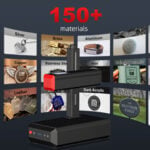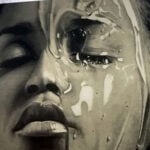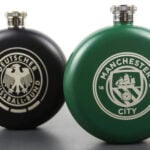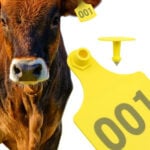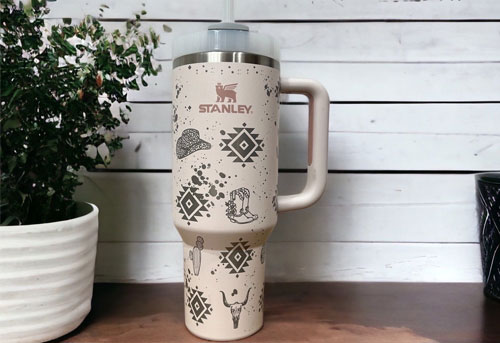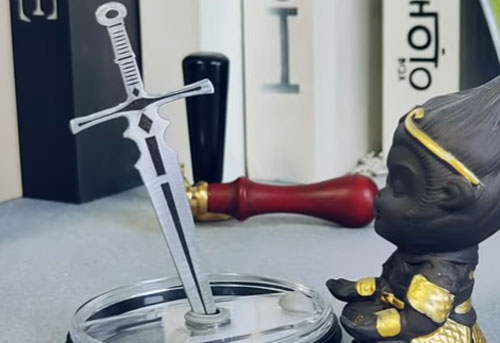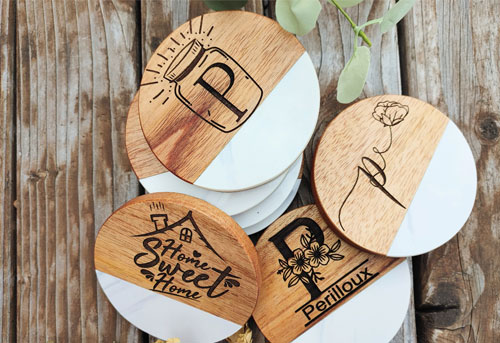Wood is one of the most popular materials for laser engraving. From custom signs to personalized gifts, it’s versatile, natural, and always in demand. But there’s one common frustration: burn marks and charring.
If you’ve ever tried to engrave a wooden piece only to see dark edges or scorched surfaces, you’re not alone. The good news? With the right approach, you can achieve crisp, clean engravings on wood without burning.
In this guide, we’ll break down the best settings, techniques, and pro tips to help you master the art of wood engraving.
Why Does Wood Burn During Laser Engraving?
Before fixing the problem, it’s important to understand why it happens. Burning usually occurs because:
- Too much power: High wattage burns rather than engraves.
- Low speed: The laser spends too long on the same spot.
- Resin and oils: Some woods (like pine) naturally darken or burn more easily.
- Lack of airflow: Smoke and debris accumulate, scorching the surface.
Choosing the Right Wood for Engraving
Not all woods engrave the same way. Picking the right material makes a huge difference.
✅ Best woods for engraving: Maple, Alder, Birch, Cherry — light-colored, fine-grained woods.
⚠️ Woods to avoid: Pine, Oak, and oily hardwoods — they burn or char more easily.
👉 Pro Tip: Test a small sample piece first. Even within the same species, wood density can vary.

Laser Settings for Clean Wood Engraving
Dialing in your settings is key to avoiding burn marks.
- Power: Start low (10–30%) and increase gradually.
- Speed: Higher speeds (300–600 mm/s on diode, faster on CO₂) reduce scorching.
- Frequency (if adjustable): Lower frequencies minimize heat buildup.
- Passes: Use multiple light passes instead of one heavy pass.
👉 Pro Tip: Every laser engraver behaves differently. Keep a log of test settings for each type of wood you use.

Techniques to Reduce Burning on Wood
1. Masking Tape Method
Cover the wood with painter’s tape or transfer tape before engraving. It absorbs excess heat and prevents smoke stains. After engraving, peel off the tape for a clean finish.
2. Use Air Assist
Air assist blows away smoke and debris while cooling the engraving area. This reduces charring and improves line sharpness.
3. Proper Focus
Ensure your laser is properly focused. A blurred beam creates wider burns and less precision.
4. Clean Your Optics
Dirty lenses and mirrors scatter the beam, causing overheating and burn marks. Regular cleaning is essential.
5. Sand and Finish
Light sanding after engraving removes minor scorch marks. Applying finishes like clear coat, beeswax, or mineral oil can enhance contrast without burning.

Advanced Pro Tips for Flawless Engraving
- Defocus Slightly: Move the focus a bit above the surface (0.5–1 mm). This spreads the heat and prevents overburn.
- Engrave in Multiple Layers: Shallow engravings layered gradually give better detail and less burn.
- Directional Engraving: Change the engraving angle (e.g., 45° instead of horizontal) to reduce heat lines.
- Pre-treat with Baking Soda Spray: Lightly spraying wood with a baking soda solution can help achieve cleaner marks (test first!).
Common Mistakes to Avoid
- Running your engraver at full power on wood.
- Using dark, oily, or resin-heavy woods.
- Skipping air assist.
- Engraving without testing on a scrap piece first.
How to Engrave Wood Without Burning: Pro Tips & Tricks
Wood is one of the most popular materials for laser eng…
Conclusion
Learning how to engrave wood without burning comes down to the right combination of materials, laser settings, and engraving techniques. With masking tape, air assist, and multiple light passes, you can achieve clean, professional results every time.
Whether you’re making signs, ornaments, or personalized gifts, these pro tips and tricks will help you engrave like a professional — no burn marks included.



